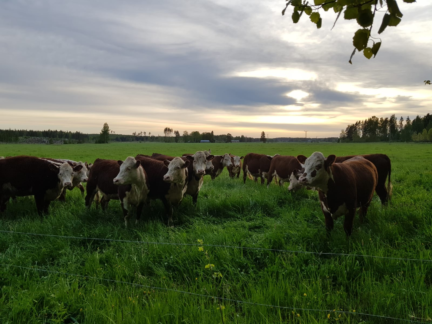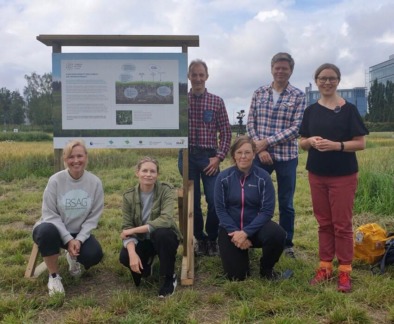Agroforestry project
Carbon Action
The potential of trees to mitigate climate change in northern arable lands
Agroforestry is a very marginal practice in Northern countries currently and it is not even favored by current subsidies or policies. However, in the tropics, agroforestry has proved to be an excellent method not only for mitigating climate change but also for improving yields due to increased biodiversity and soil carbon.
Official name
The potential of trees to mitigate climate change in northern arable lands
Duration
2019–2020
Persons in charge
Liisa Kulmala, Karoliina Huusko, Kristiina Karhu, Mari Pihlatie
Consortium
Finnish Meteorological Institute, University of Helsinki
Funder
Tiina and Antti Herlin Foundation
Multiple climate benefits from agroforestry
The Paris climate goals are not only achieved by cutting emissions of fossil greenhouse gases. Also effective methods for removing carbon dioxide from the atmosphere are needed. Farming methods, which absorb carbon faster and more permanently from the atmosphere to the soil than conventional farming, have been proposed as possible methods. One possibility is agroforestry where crops and trees are grown together.
The objectives of this project were:
(1) to evaluate the potential of tree avenues planted in croplands to uptake atmospheric carbon and also nitrogen in Finland
(2) to quantify the effect of trees on yields and the amount of nitrogen available in the soil.
The measuring site was located at Kilpiä Farm, Pusula, southern Finland. In the summer of 2019, the trees had an average height of 3 m. The measurements are made in several cross-sections on both sides of the tree avenues at distances of 0-12 meters. In addition to regular greenhouse gas exchange measurements over the growing season, we studied the effect of the trees on plant growth, i.e. biomass production, soil moisture and temperature, pH, pool and quality of carbon and nitrogen, microbial biomass and microbial species at different distances from the tree avenues.
The main results of the project
Various agroforestry practices could serve as important methods, especially when combined with other regenerative practices. In our case study, trees increased carbon accumulation of the ecosystem, and thus, the net emissions were estimated to be smaller than without the tree row. In addition, the tree row increased the presence and abundance of soil microbial communities.
PROJECT PARTNERS





